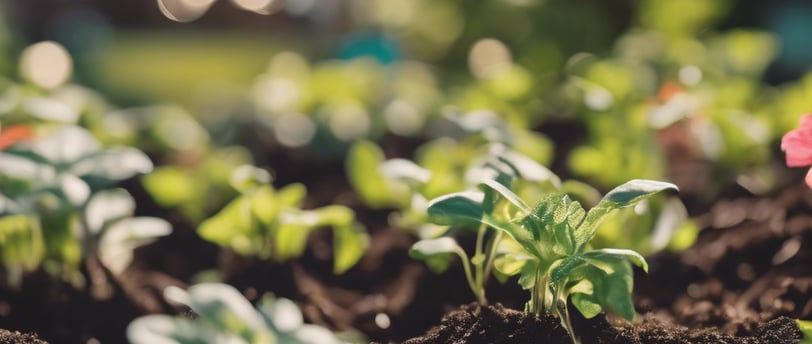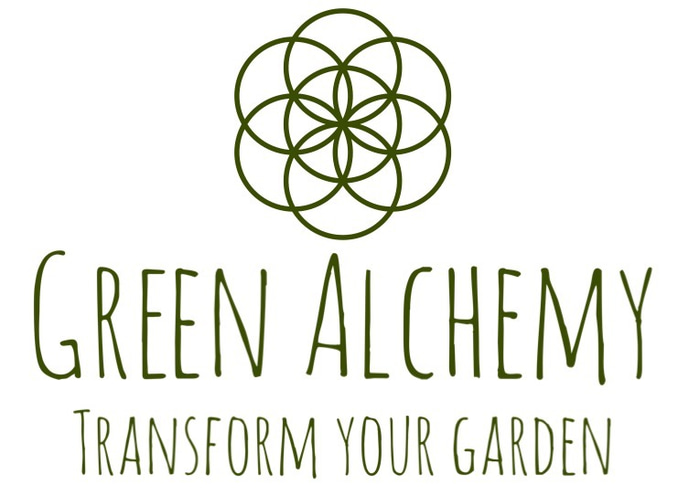Sustainable Gardening: Nurturing Nature and Minimizing Impact
Make your garden an eco-friendly oasis. From composting and water conservation to selecting native plants, discover sustainable practices that benefit both your garden and the environment. Foster a green haven that thrives with minimal impact.


As your garden takes shape with a carefully designed layout and a vibrant selection of plants, the next crucial step is to embrace sustainability—a practice that not only nurtures your green sanctuary but also contributes to the well-being of the larger ecosystem. Sustainable gardening is about making conscious choices to minimize environmental impact while fostering a healthy and thriving garden.
Let's start with soil health, the very foundation of sustainable gardening. Consider incorporating compost into your soil, a nutrient-rich and eco-friendly way to enhance fertility. Composting kitchen scraps, yard waste, and organic matter not only reduces landfill waste but also enriches your soil naturally, promoting robust plant growth.
Water, a precious resource, deserves mindful management in a sustainable garden. Install a drip irrigation system or soaker hoses to deliver water directly to the roots, minimizing wastage through evaporation. Collect rainwater in barrels to use during dry spells, reducing dependence on conventional water sources. Mulching around plants helps retain moisture, suppress weeds, and regulate soil temperature, creating a more water-efficient garden.
Native plants are heroes in the quest for sustainability. Adapted to local conditions, they require less water, fertilizer, and pesticides. By choosing native species, you contribute to biodiversity and support the broader ecosystem. These plants provide habitat and food for local wildlife, creating a balanced and resilient environment.
Speaking of pests, sustainable gardening encourages natural pest control methods. Introduce beneficial insects like ladybugs and lacewings that prey on harmful pests, reducing the need for chemical interventions. Companion planting, strategically placing plants that deter pests near those that are susceptible, is another eco-friendly tactic.
Fertilizers play a role in sustainable gardening as well. Opt for organic fertilizers or create your own compost-based nutrient mix. These alternatives promote soil health without the negative environmental impacts associated with synthetic fertilizers.
Consider the concept of "right plant, right place" as a sustainable mantra. Match plants to their preferred growing conditions, reducing the need for excessive watering, soil amendments, or chemical interventions. This practice not only promotes healthier plants but also conserves resources in the long run.
Hardscape materials, such as paths, edging, and structures, offer opportunities for sustainability. Reclaimed or recycled materials can be repurposed creatively, adding character to your garden while reducing the demand for new resources.
Embrace the idea of leaving a part of your garden untamed. Allow a corner to grow wild, encouraging native plants and providing a refuge for local wildlife. This untouched area contributes to biodiversity and creates a more resilient ecosystem.
Sustainable gardening is a continuous journey of learning and adapting. Stay informed about eco-friendly practices, and be open to evolving your approach. By cultivating a garden that respects and works in harmony with nature, you not only create a beautiful and thriving space but also contribute to the larger tapestry of environmental sustainability.
In the next segment of our garden guide, we'll explore the seasonal aspects of gardening, offering insights into the tasks and joys that each season brings to your green oasis. Until then, nurture your garden sustainably, and let the principles of environmental stewardship guide your every gardening endeavor.
